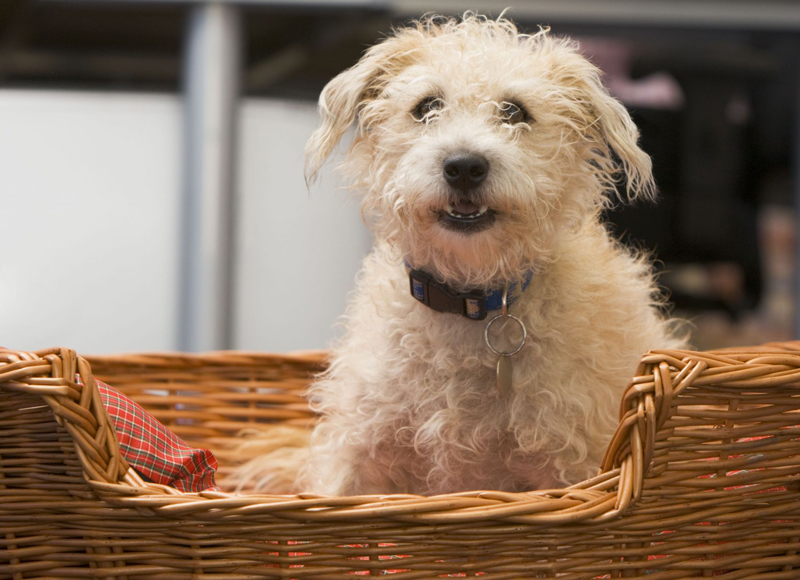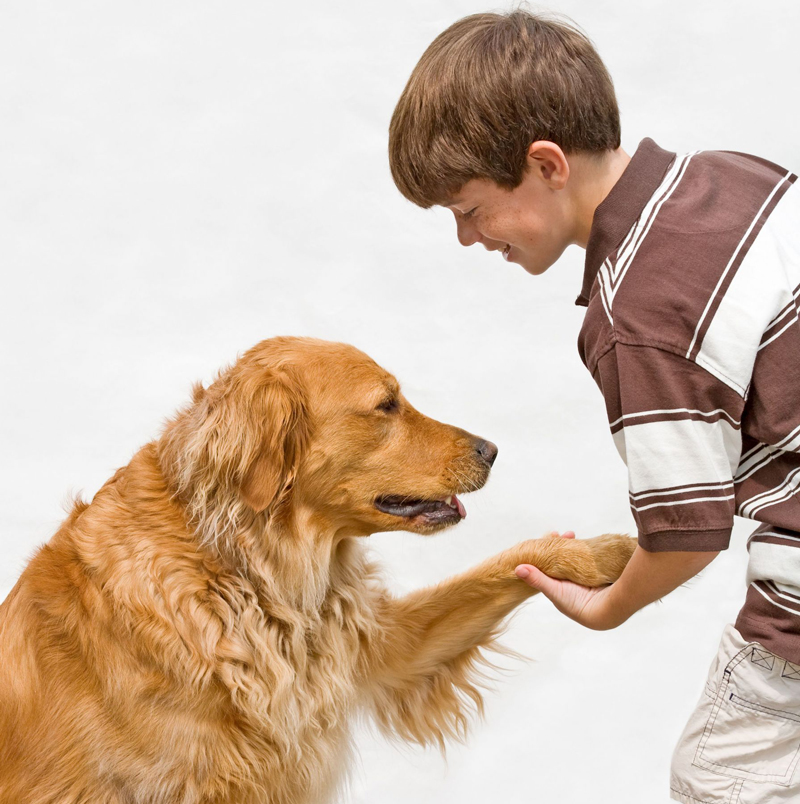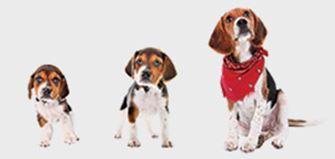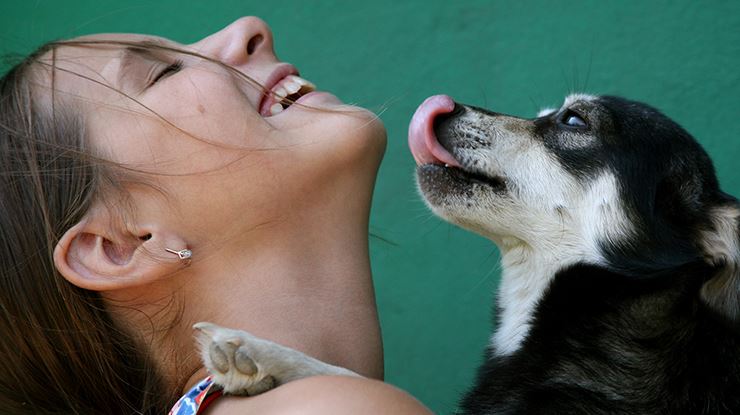
Training Basics for a New Dog Owner
Welcoming a new dog or puppy into your house is a joyous occasion for all. Whether you are taking in a rescue dog or you found a reputable breeder to get a puppy from, one critical duty as a new dog parent is to properly training your new four-legged friend.
Dogs thrive on routine and consistency. You must find a suitable training regimen and stick to it. Above all else, training should be fun for you and your dog! Always use positive reinforcement and treat every session as a form of play. Below we will discuss some training basics for a new dog owner.
Getting Necessary Training Equipment
Before you bring a new dog home, you will need a few basic items to care for him and make him feel comfortable. These include: high-quality food, bowls for food and water, a collar, a leash, a harness, a bed, nail clippers, a brush, dog shampoo, and some toys.
Setting up an area for your dog to have as his own prior to bringing him home will make it easier for him to get acclimated to his new environment. If you can get a toy that has another dog’s smell on it, this will help him adjust to not being around his pack or siblings.
Basic Commands
There are some basic commands everyone should teach their dog. These are not only useful for obedience but also come in handy in a situation where you need to control your dog, such as an altercation with another dog or if your own dog runs off after another animal.
Some basic commands you should teach your dog are: sit, stay, come, leave it, and drop it. These commands allow you to stop your dog from running somewhere or from eating something he shouldn’t.
If you have a dog that is more territorial, such as a schnauzer or Chihuahua, you may also have to teach him the “no barking” command. No one wants to be (or live next to) that person who has a dog that barks at everyone and everything.
You can also teach your dog more advanced commands, such as shake, roll over, sit pretty, and play dead. Not only do these tricks provide entertainment for you and your guests, they also reinforce your role as the one in charge.
Leash Training
Whether you have a small or large breed of dog, daily walks will keep him healthy and happy. For most dogs, taking a walk is the best part of the day, so you should have no problem feeling motivated to take your dog outside.
There are many methods to train your dog to walk on a leash, but the most important thing to focus on is letting your dog know that you are in charge of where you walk. Do not let him pull you around to smell or chase things.
Training your dog to walk by your side and at your pace will help keep him out of trouble. He will be less likely to dart at other animals or smells if he knows that walking by your side will get him a reward. Get him walking by your side, and when he moves away from that position, call him back (without pulling on the leash) and give him a treat when he’s back in the “sweet spot.”
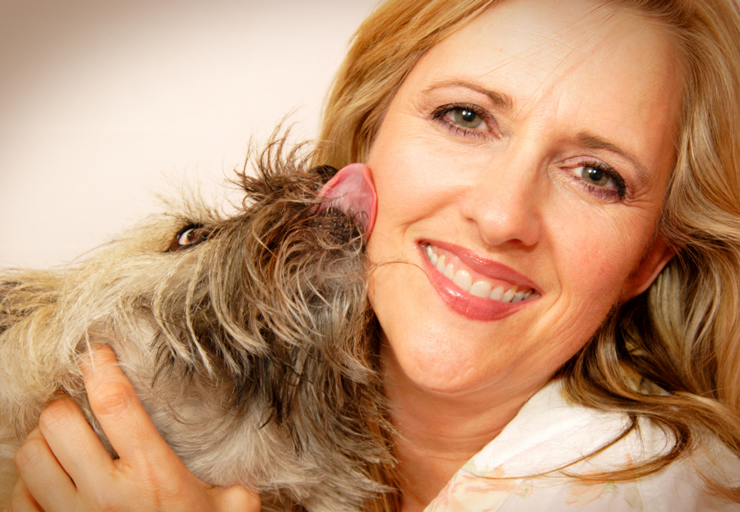
Most training involves getting your dog to associate behaviors you want with him receiving a reward. The earlier you can train your dog, the better. But, rest assured, you can teach an old dog new tricks! If you adopt a middle-aged or senior dog, you can still train that dog no matter how much (or how little) previous training he or she had.
No matter what training method you plan to use, choose one and stick with it. You will need to be patient, consistent, and persistent, but the reward of a well-behaved dog is well worth it. Training time should be just another version of playtime for your dog, so remember to have fun!
Start slow with any new commands or tricks and keep at it. Some breeds are easier to train and catch on faster than others, but no dog is impossible to train. Every dog is different, so if you’re not having much success yourself, you might want to go to a dog trainer or obedience class to get more personalized tips.

